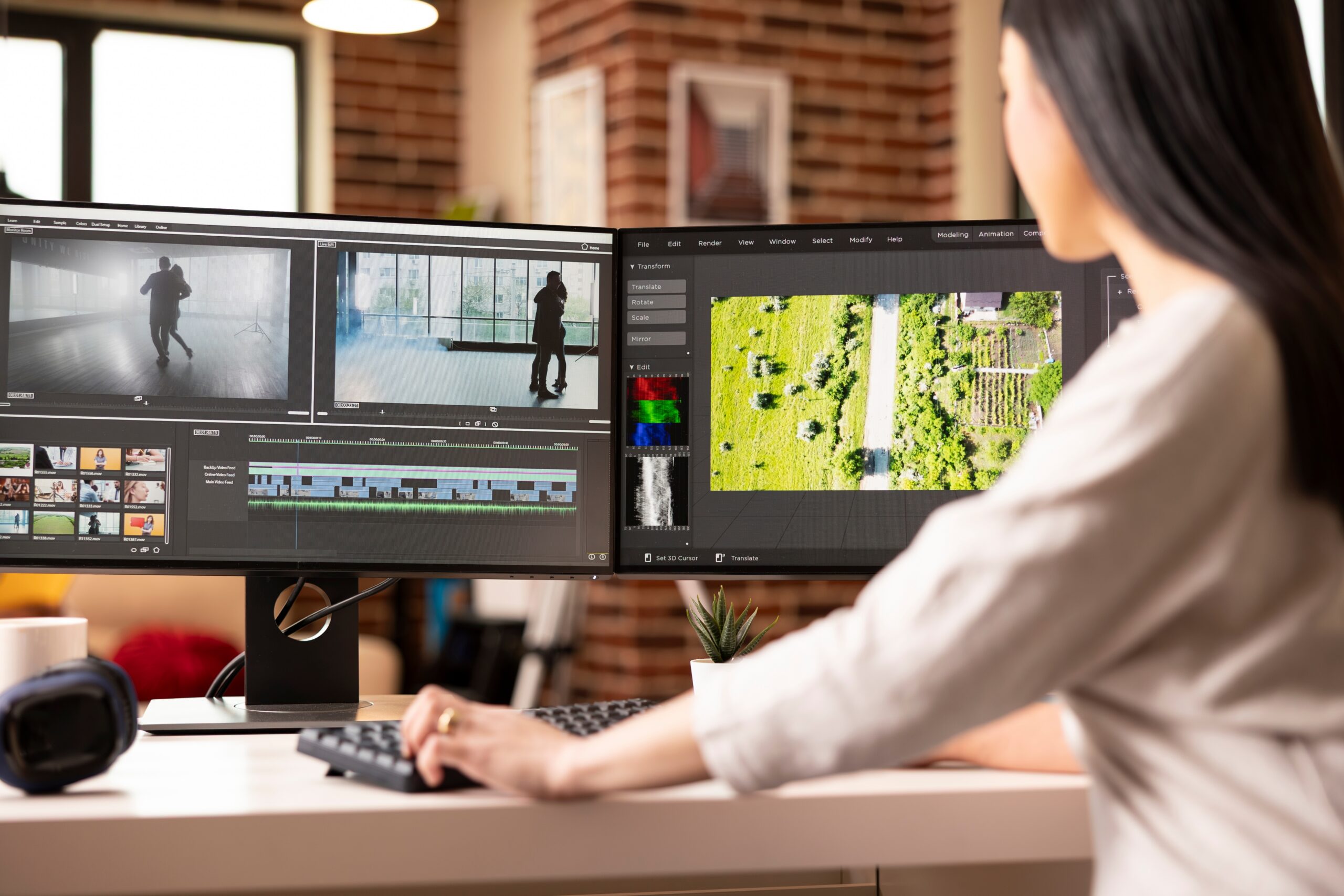In VFX-heavy productions, lens metadata must survive a complex journey from camera through multiple facilities and software systems before reaching vendors. The harsh reality: metadata gets lost, corrupted, or reformatted far more often than productions anticipate. A single broken link forces expensive retro-engineering and post-processing of images to derive information that accurate lens metadata could have provided out-of-the-box.
Round trip testing validates your complete pipeline before principal photography. Catching issues during prep costs hours. Discovering them during post costs weeks.
Why Metadata Gets Lost
Modern production pipelines involve numerous handoffs between departments, facilities, and software systems. Each transition represents a potential failure point:
Format incompatibilities: Camera manufacturers embed metadata differently. When footage moves to a pulls house or DI facility for processing, the debayering or transcoding software must correctly interpret and preserve this metadata. Some tools strip it entirely. Others preserve it but change the format in ways that downstream tools can’t read.
Sidecar synchronisation failures: Film productions and certain digital workflows rely on separate CSV files containing lens data. These must be precisely matched to footage using timecode. When timecode is inconsistent—or when the pulls house’s merging workflow doesn’t account for the specific CSV format—synchronisation fails.
Unit and format mismatches: Focus distance might be captured in feet but VFX vendors’ tools expect metres. T-stops might be encoded as decimals when camera tracking software expects fractional notation. The data arrives, but it’s unusable without manual conversion.
Pipeline assumptions: Facilities build workflows around common configurations. When your production uses a less common setup, the standard workflow may not preserve your data correctly.
Communication breakdowns: The dailies team doesn’t know lens metadata needs preserving. The lab doesn’t receive CSV files with film cans. The pulls house uses their standard workflow without realising it strips metadata. Everyone does their job correctly, but nobody validated the complete chain.
What Round Trip Testing Validates
Round trip testing proves the complete workflow functions before production begins. You’re confirming that:
- Lens data captured on set survives the dailies process
- Processed footage retains metadata through debayering, transcoding, or scanning
- CSV files from sidecar recording successfully merge with footage
- Metadata arrives at VFX vendors in the format their tools expect
- Frame synchronisation remains accurate throughout the pipeline
The test is straightforward: shoot test footage with lens encoding, simultaneously record validation overlays showing the metadata in real-time, process everything through your actual production workflow, and verify that VFX vendors receive accurate metadata in usable format.
The Cost of Skipping Validation
Productions that skip round trip testing often discover problems only after principal photography wraps. Common outcomes include:
Manual camera tracking: Without reliable lens data, matchmove artists must manually solve camera motion on every VFX shot—expensive, time-consuming work that accurate metadata could have eliminated.
Incorrect composites: Wrong or missing focus distance metadata means compositors struggle to match depth of field. CG elements don’t integrate cleanly.
Re-processing: Discovering the pulls workflow stripped metadata might mean re-processing entire sequences. For film productions, this could mean re-scanning at the lab.
Vendor delays: When plates arrive without promised lens data, schedules slip and costs increase.
The investment in round trip testing is modest—typically one hour per camera type. The cost of discovering pipeline failures during post can be substantial.
Making It Work
Successful round trip testing requires coordination across departments and facilities. The camera team, dailies, lab (for film), pulls house or DI facility, and at least one primary VFX vendor all need to participate.
Test during pre-production, ideally as soon as the camera package, lens selection, and post-production facilities are confirmed. For productions using multiple camera types, test each configuration independently.
Document the results clearly: what format is the lens data delivered in, what units are used, which fields are populated. This documentation becomes your workflow specification for the production.
Establish clear communication channels so that when issues arise during production, information quickly reaches whoever can resolve them.
Conclusion
Lens metadata doesn’t fail because of bad equipment or incompetent facilities. It fails because modern production pipelines are complex systems with many integration points not always designed with lens data preservation in mind.
Round trip testing transforms lens data from hopeful benefit into guaranteed infrastructure. By validating the complete pipeline before principal photography, productions ensure every shot arrives at vendors with the metadata needed for efficient VFX work.
For productions planning round trip testing or seeking guidance on lens data workflows, DCS provides consultation and technical support. Contact info@dcs.film or visit support.dcs.film for technical documentation.

